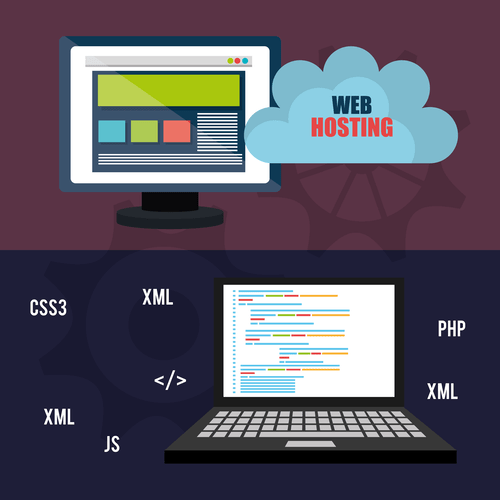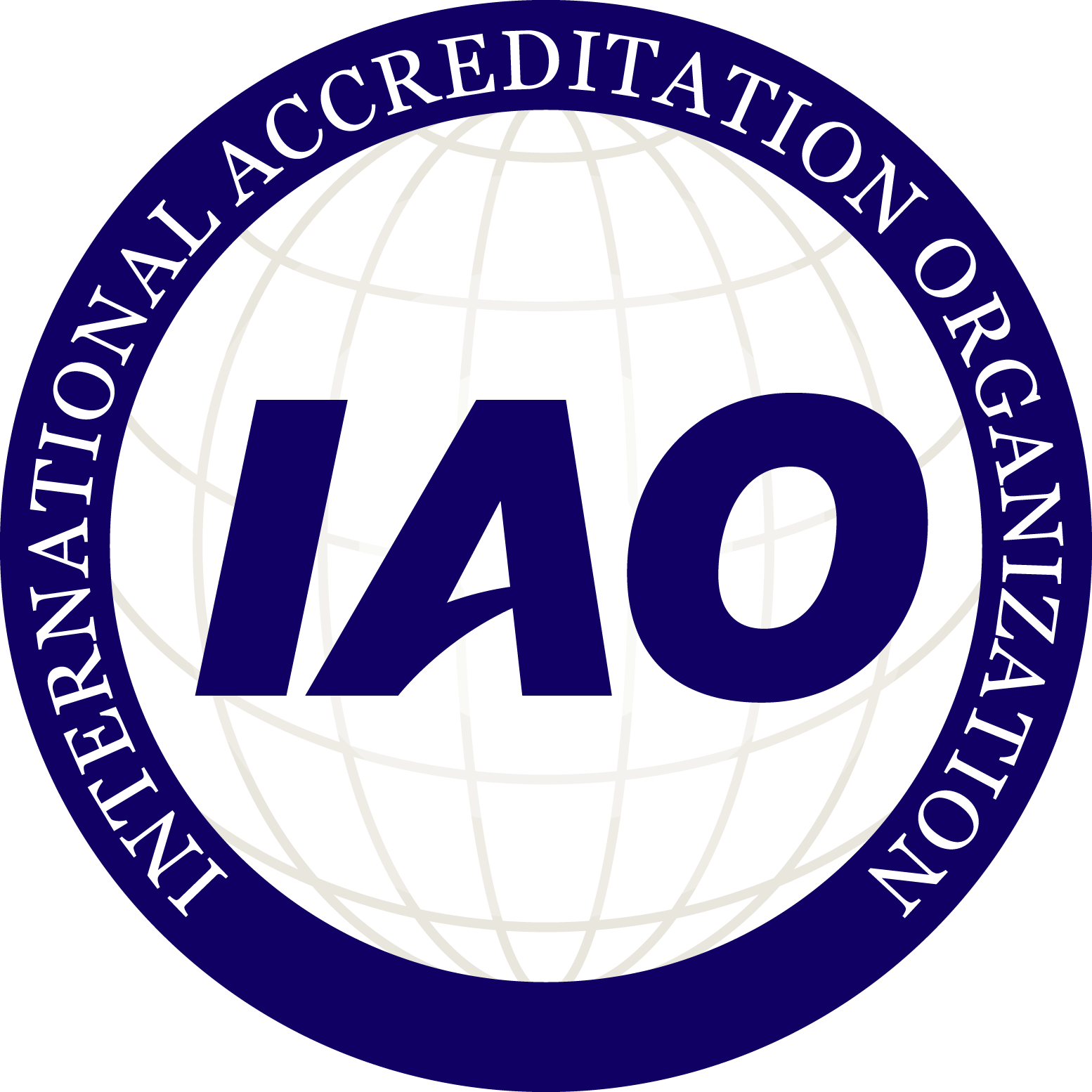Suspension Criteria In Testing
The first step towards creating a test plan is to analyze the product, its features and functionalities to gain a deeper understanding. Further, explore the business requirements and what the client wants to achieve from the end product. Understand the users and use cases to develop the ability of testing the product from user’s point of view. Test Deliverables refer to a list of documents, tools, and other equipment that must be created, provided, and maintained to support testing activities in a project. This phase creates a detailed breakdown of all resources required for project completion. Resources include human effort, equipment, and all infrastructure needed for accurate and comprehensive testing.
Define the success criteria of your tests in the test plan document. You can encounter three situations while executing the test cases – normal, suspension, resumption. This section is important to include because it lists the overall areas included and excluded from testing. It provides an insight into the approved scope of work for the QA team and works as an excellent reference for reporting. Precisely speaking, this step clearly sets the pass and fail criteria for every aspect of the application to be tested. It’s important to set some sort of base criteria figure for both Suspension and Exit criteria, otherwise, the testing team will never know when to stop the iteration of test cycles.
Step 4 — Determine test criteria
During the analysis, the root-mean-square (RMS) values of vehicle body displacement and dynamic tire deflection are considered evaluation indices. The nondominated sorting genetic algorithm (NSGA-II) is used to optimize the damping, stiffness, and installation position of the suspension system. The findings demonstrate that the specially designed suspension in this article can fulfill the test criteria. In Section 4, a field experiment was carried out to verify the correctness of the vehicle model and analyze the simulation and experimental results. In Section 5, the NSGA-II is used to optimize the suspension structure parameters with multiple objectives, which provides a reference for future research.

Moving on to the resource and task planning, we define the roles along with schedule of tasks. Operational activities are performed repetitively; this means that operational risks can be mitigated by following company’s standard procedures on regular basis. We have shared a schedule included in the sample test plan of web application. You might need to use any tools or software to perform testing or to set up the test environment.
What is Iterative Model?
Thus, you can prepare a template and use it for every project, filling it with specific data. This section must detail all the activities and tasks planned for execution during the overall testing phase. It must include everything, starting from test case creation through to defect retesting and the test closure report.

Maybe, it’s another popular tool, Azure DevOps Test Plans, that causes this confusion. This section overlaps with the Software Risk Issues mentioned above. In addition to the list of risks, we provide explanations on how to handle those risks and what to do in force majeure circumstances. With this table, a team can record and track changes to manage the document and the process it describes efficiently.
In this section, all the features and functionalities to be tested are listed in detail. It shall also contain references to the requirements specifications documents that contain details of features to be tested. The format of test plan document may vary with the type of product and the organizations. For larger and complex projects, you can prepare a master plan with high level details of overall requirements. The master test plan is supported by subsidiary test plans with the required details for testing of each component or module.

If we get a task to test software for nuclear reactors, it is likely that the team won’t fully understand the specifics. Exaggerations aside, when the team is to test a project from an industry they are not familiar with, it makes sense to have a lecture or short course from experts. It will help to understand the particularities of a project and make the work more efficient.

The test environment refers to the software and hardware setup on which QAs run their tests. This part of test planning decides the project’s required measure of resources (number of testers and equipment). This also helps test managers formulate a correctly calculated schedule and estimation for the project.
- It also guarantees that the designed software has no unresolved bugs or fixes left so that releases can be rolled out more frequently and smoothly.
- If testing results don’t meet the pass criteria, the test is considered as failed.
- Before you plan on writing even a single test case, it’s crucial to have a solid understanding of the application’s features and behavior.
- If your product has different components and modules, you also need a regression testing plan to verify that entire product works together flawlessly.
- With the advancement of technology, field test has evolved from static test to dynamic and intelligent test [7].
In this case, a team still includes left-out tasks in a Test Plan. Also, this section can describe the work scope to cover in case all the tasks are closed before the deadline. All scheduled tests have been completed, all fixed defects have been checked, notifications of all new defects found have been issued. All failed points, suspension criteria in testing such as failure of a certain set of tests due to hardware malfunction, have been documented. First part is the introduction which provides a brief overview of the project background, scope, testing objectives and references. Test deliverables might include test plan document, test cases, issues report, and performance report.

